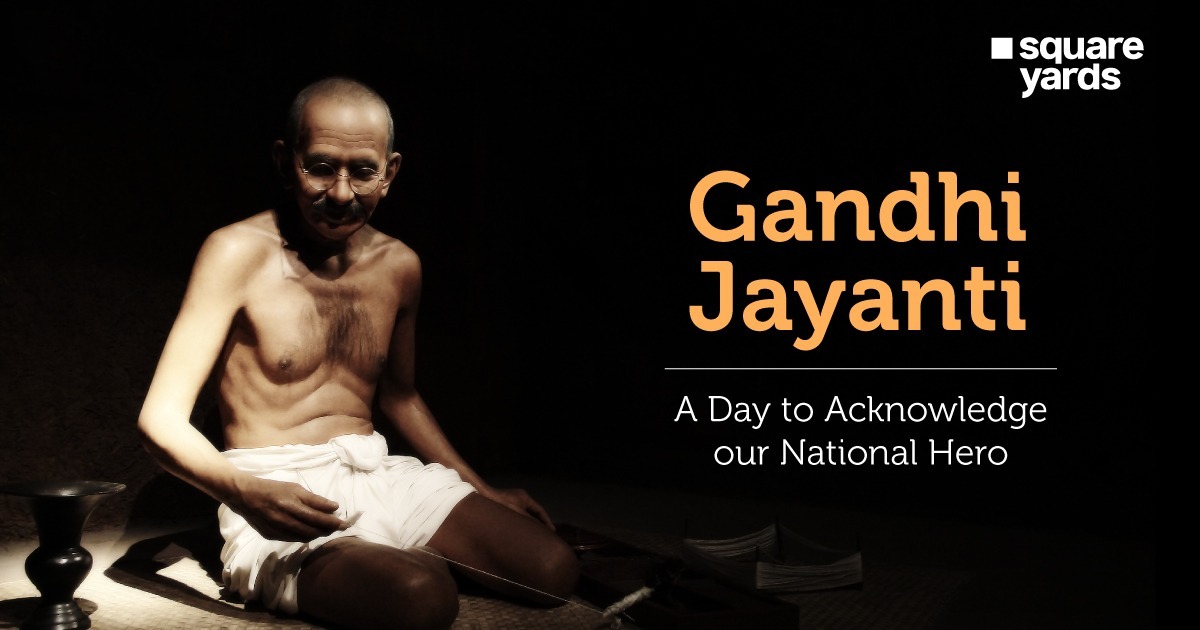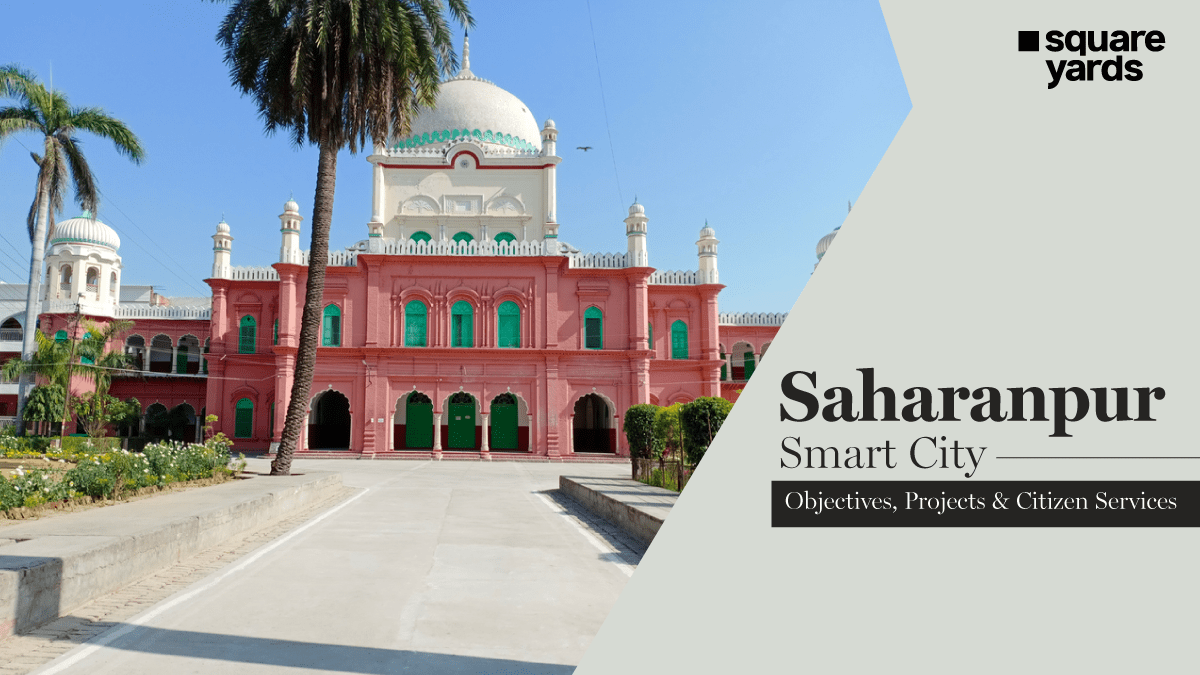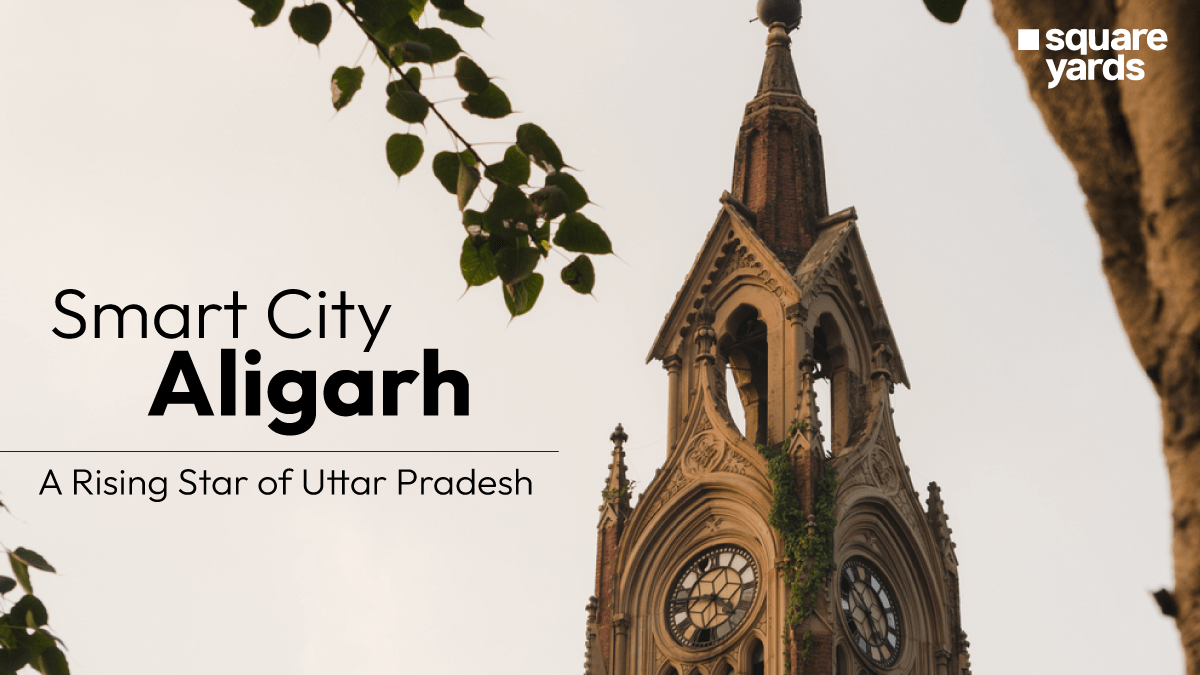In the centre of a house that radiates peace, spirituality, and divine energy, there is probably a beautifully decorated Pooja room. Every component of a home has symbolic meaning according to Vastu Shastra, an ancient Indian architectural philosophy, and the colour of the Pooja room is crucial for attracting good energy and creating spiritual connections.
Symbolism and Significance of Pooja Room Colour as per vastu
The correct colour scheme for the Pooja room can foster an atmosphere that is good for reflection, prayer, and meditation. According to Vastu, every colour has special qualities and has an impact on our emotions and mental states. When used carefully, these hues can heighten the sacred space’s sanctity and spiritual aura.
We shall dig into the profound influence that different colours can have on our spiritual experiences in this investigation of the symbolism and meaning of Pooja room colour as per vastu. As we reveal the underlying significance of each colour and direct you towards the ideal colour palette to assist your spiritual practice, learn how to create a peaceful and holy ambience in your Pooja room.
Guidelines for Selecting Puja Room Colour as Per Vastu
In many homes, the pooja room is a sacred location with significant spiritual value; thus, choosing the proper colours is crucial. A harmonious environment can be created in the pooja room by using certain colours, according to the ancient Indian philosophy of construction known as Vastu Shastra.
According to ancient beliefs, the best hues for the pooja room should be relaxing and pleasant to foster an environment that is favourable for spiritual practises and meditation. Following are some Vastu principles to take into account when selecting the colour design for your pooja room colour as per vastu:
Best Colour for Pooja Room for Prosperity and Good Fortune in Vastu
Check out the colour suggestions that suit the best for extracting prosperity and fortune to your house:
- White: For the puja room, white is thought to be the most pure and auspicious colour. It stands for calmness, chastity, and enlightenment. You can concentrate on your prayers and meditation by setting the mood with white accents or walls.
- Light Yellow: Light yellow is also advised for the pooja room as it stands for positivity, knowledge, and wisdom. It is thought to elicit calmness and peace, assisting you in connecting with a higher force.
- Light Blue: The colour light blue is linked to piety and spirituality. It is thought to encourage serenity and foster intense attention during prayers. The spiritual environment of the pooja room can be improved by painting the walls or using light blue as an accent hue.
- Light Green: Light green is frequently linked to fertility and the natural world. It is seen as a soothing shade that encourages balance and harmony. Light green accents help calm the ambiance and improve the flow of good energy in the pooja room.
- Avoid Dark and Bold hues: While employing bright and brilliant hues in other parts of the house may be enticing, it is best to steer clear of doing so in the pooja room. Dark or striking colours can be overwhelming and interfere with the calmness needed for spiritual practises.
- Natural Earthy Tones: Beige, light brown, or off-white hues can make good selections for the pooja room if you love earthy tones. These hues foster a strong spiritual connection by creating a grounded and relaxing ambiance.
Choosing the Right Size and Material for Pooja Room Colours
The colour palette is important for generating a peaceful and harmonious mood when building a pooja room. The appropriate colour choice can improve the room’s uplifting energy and spiritual atmosphere. When choosing the size and substance for the pooja room colour, keep the following things in mind:
- Understanding Vastu Colours for the Pooja Room: According to Vastu Shastra, certain colours are recommended for various rooms in the house, including the pooja room. White, light yellow, light blue, and light green are regarded as auspicious colours for pooja rooms in accordance with Vastu principles. These hues are thought to draw in good energy and foster a sense of calm and tranquilly.
- How to Paint the Pooja Room Properly: When choosing the paint for the pooja room, it’s crucial to pick a premium paint that is durable and easy to maintain. To preserve a healthy environment within the pooja room, choose paints with minimal volatile organic compound (VOC) concentration. Most people like matte or satin finishes because they give off a smooth, sophisticated appearance.
- Using complementary colours together might help you create a harmonious ambience in the pooja room. For instance, if you decide to paint the walls a light blue colour, you can add white or silver highlights to improve the overall aesthetic appeal. Similarly, if you choose a light yellow colour, pair it with cream-colored hues.
- Pooja Room Colour Schemes: It’s important to think about the overall aesthetics and balance while choosing the colour scheme for your pooja room. Choose complementary colours that make a nice contrast, or go with a monochromatic colour scheme that uses various tones of a single colour. It’s best to stay away from colourful, loud colours that could make it difficult to concentrate while praying.
Pooja Room Colour as per Vastu Remedies and Enhancers
According to Vastu, certain hues should be used in the pooja room to promote a harmonious and uplifting energy flow. White, light yellow, light blue, and light pink are the best colours for the pooja room. These hues stand for holiness, tranquilly, and spirituality.
- White is seen as a lucky colour for the pooja room since it symbolises divinity and purity. When performing prayers and rituals, it promotes tranquilly and raises spiritual vibrations.
- Another common colour for the pooja room is light yellow, since it represents positivity, education, and wisdom. This hue encourages spiritual development and a sense of enlightenment.
- Light blue is a great choice for the pooja room since it represents calmness and tranquilly. It promotes tranquilly and aids in sustaining concentration during meditation.
- Light pink is thought to inspire peace, compassion, and love. It fosters emotional health and spiritual connection by establishing a calming atmosphere in the pooja room.
Combining Pooja Room Colour as per vastu Symbols
To evoke pleasant energy and spiritual feelings, vastu gurus advise painting the walls of the pooja room white or light colours like cream, off-white, or pale yellow. The environment is calm because of the hues’ associations with divinity, serenity, and purity.
The protecting and uplifting energies can be strengthened by combining the chosen pooja room colour with additional Vastu symbols. Sacred symbols like Om or Swastika painted in gold or bright crimson, for instance, can intensify spiritual vibrations and fight against harmful effects.
Vastu principles state that adding things to the pooja room, such as copper or brass bells, will encourage positive energy flow. Consider adding copper or brass accessories, such as diyas (oil lamps), bells, or artwork, to go with the chosen colour palette.
| water fountain for home vastu | Vastu Tips for Camphor |
| Camel Painting Vastu : Importance | Vastu Compass Online : Importance & Benefits |
FAQ’S
What colours work best for a pooja room according to Vastu?
For a pooja room, white, yellow, light blue, light green, and pastel hues are the finest colour choices, according to Vastu.
Which colour, according to Vastu, gives a pooja room pleasant energy?
White is believed by Vastu to infuse a pooja room with pleasant energy.
According to Vastu, can I paint the walls of my pooja room a dark colour?
Dark colours for the walls of a pooja room are generally discouraged as they may provide a heavy or gloomy ambiance. It is best to use lighter and more vibrant colours.
Are there any certain Vastu hues that should be avoided for a pooja room?
In a pooja room, it is recommended to stay away from colours like black and red, as these are thought to disturb the calm and tranquil atmosphere needed for spiritual practises.







































































